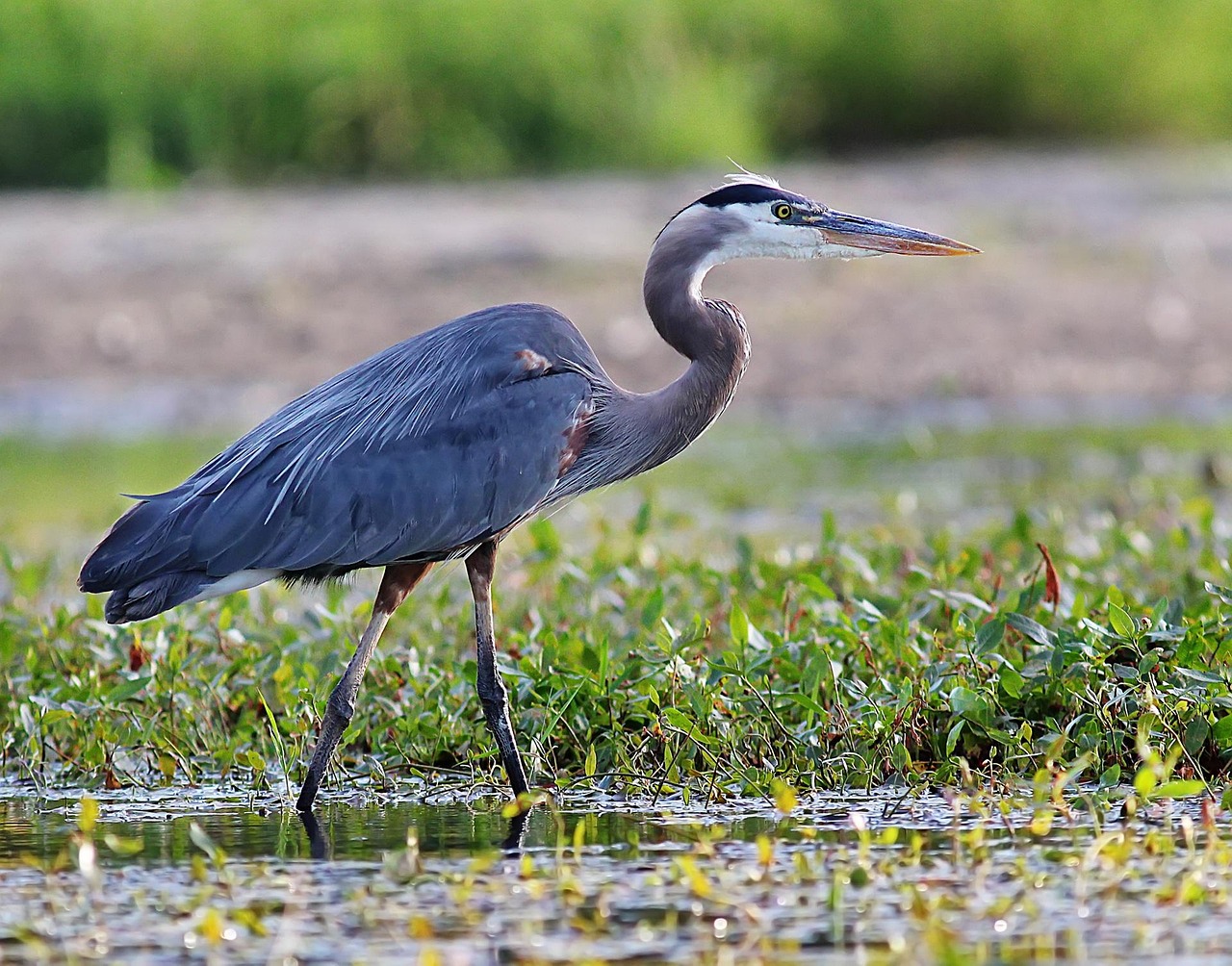The Ultimate Guide to Animal Encyclopedia:Knowledge,Facts,and Answers in English
Introduction
Welcome to the world of animals, a realm filled with diversity, intrigue, and wonder. From the microscopic zooplankton to the majestic blue whale, the animal kingdom is a testament to the incredible variety of life on Earth. In this comprehensive guide, we will explore the fascinating world of animals, covering a wide range of topics from their classification, habitats, behaviors, to their evolutionary history. Whether you're a student, a teacher, or simply an animal enthusiast, this encyclopedia is designed to provide you with a wealth of knowledge and answers to your questions about the animal kingdom.
Classification of Animals
The animal kingdom, known as Animalia, is one of the five kingdoms in the biological classification system. It is further divided into phyla, classes, orders, families, genera, and species. Each group represents a level of organization, with species being the most specific and phyla being the broadest. Here are some of the major phyla and a brief description of each:
1、Chordata: This phylum includes animals with a notochord at some stage in their development. It encompasses mammals, birds, reptiles, amphibians, and fish.
2、Arthropoda: Comprising insects, spiders, and crustaceans, this phylum is the largest in terms of species diversity. Arthropods have an exoskeleton and jointed limbs.
3、Mollusca: Mollusks are soft-bodied animals that often have a hard shell for protection. They include snails, clams, and octopuses.
4、Annelida: Annelids are segmented worms, such as earthworms and leeches.
5、Echinodermata: This phylum includes starfish, sea urchins, and sea cucumbers, characterized by their radial symmetry and water vascular system.
Habitats and Adaptations
Animals have adapted to a wide range of environments, from the depths of the ocean to the highest mountain peaks. Here are some of the key habitats and the adaptations that allow animals to thrive in these environments:
1、Aquatic Habitats: Aquatic animals have evolved various adaptations for life in water, such as streamlined bodies, fins for propulsion, and gills for respiration.
2、Terrestrial Habitats: Terrestrial animals have adaptations for life on land, including limbs for locomotion, lungs for breathing, and skin for protection.
3、Arboreal Habitats: Animals that live in trees have developed long limbs for reaching food and strong claws for gripping branches.
4、Desert Habitats: Desert animals have adaptations for conserving water, such as specialized kidneys and the ability to produce highly concentrated urine.

5、Polar Habitats: Animals in polar regions have thick layers of fat or fur for insulation and specialized circulatory systems to maintain body temperature.
Behaviors and Communication
Animal behavior is a fascinating field of study, as it encompasses everything from mating rituals to social interactions. Here are some key aspects of animal behavior:
1、Foraging: Animals have developed various strategies for finding and consuming food, such as hunting, grazing, and scavenging.
2、Mating and Reproduction: Animals have evolved diverse reproductive strategies, including internal fertilization, external fertilization, and live birth.
3、Social Behavior: Many animals live in groups, which can provide benefits such as increased protection from predators and more efficient foraging.
4、Communication: Animals use a variety of methods to communicate, including vocalizations, body language, and chemical signals.
Evolution and Extinction
The history of life on Earth is a story of evolution, adaptation, and extinction. Here are some key concepts in the study of animal evolution:
1、Natural Selection: This is the process by which organisms with traits that are advantageous for their environment are more likely to survive and reproduce, leading to the gradual evolution of species over time.
2、Speciation: Speciation is the process by which new species arise from a common ancestor. This can occur through geographic isolation or other factors that prevent interbreeding.
3、Extinction: Extinction is the permanent loss of a species from the Earth. It can be caused by a variety of factors, including climate change, habitat loss, and competition with other species.
4、Fossil Record: The fossil record provides evidence of the evolution of animals over millions of years. Fossils can help scientists understand the morphology, behavior, and ecology of extinct species.
Conservation and Biodiversity
The conservation of animals and their habitats is crucial for maintaining biodiversity and the health of ecosystems. Here are some key issues in animal conservation:
1、Habitat Loss: Human activities, such as deforestation and urbanization, have led to the destruction of habitats, which can result in the decline or extinction of species.
2、Climate Change: Changes in temperature and precipitation patterns can affect the distribution and abundance of species, as well as the timing of critical life events such as migration and reproduction.
3、Overexploitation: Overhunting, overfishing, and other forms of overexploitation can lead to population declines and even extinction.
4、Invasive Species: The introduction of non-native species can have devastating effects on native species and ecosystems, as they may outcompete or prey upon native species.
5、Pollution: Pollution, including chemical, noise, and light pollution, can have negative effects on animal health and behavior.
Animals in Culture and Society
Animals have played a significant role in human culture and society throughout history. Here are some ways in which animals have influenced our lives:
1、Domestication: Humans have domesticated many species for companionship, labor, and food. Domesticated animals include dogs, cats, horses, and cattle.
2、Symbolism: Animals have been used as symbols in art, literature, and religion, often representing specific qualities or concepts.
3、Medicine: Many animals have been used in traditional and modern medicine, either as sources of medicinal compounds or as models for understanding human diseases.
4、Entertainment: Animals have been used for entertainment in various forms, including circuses, zoos, and wildlife tourism.
5、Education: Animals are often used in educational settings to teach children about biology, ecology, and conservation.
Conclusion
The animal kingdom is a vast and complex realm, filled with an incredible array of species and adaptations. By understanding the biology, behavior, and ecology of animals, we can better appreciate the diversity of life on Earth and our role in preserving it. This encyclopedia is just the beginning of your journey into the world of animals, and we hope it inspires you to learn more and take action to protect these remarkable creatures.
Remember, every species plays a vital role in the delicate balance of our planet's ecosystems. As we continue to explore and study the animal kingdom, let us do so with respect, curiosity, and a commitment to conservation. The future of our planet depends on our ability to understand and protect the rich tapestry of life that inhabits it.





